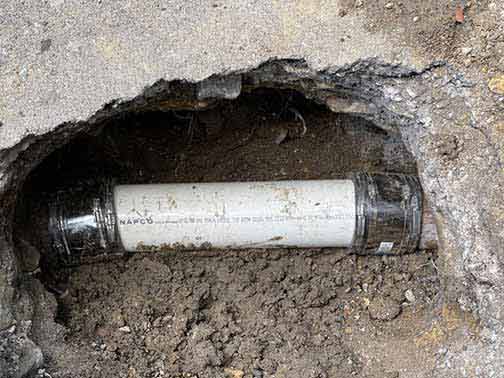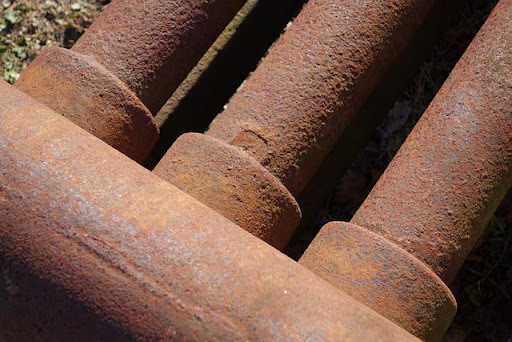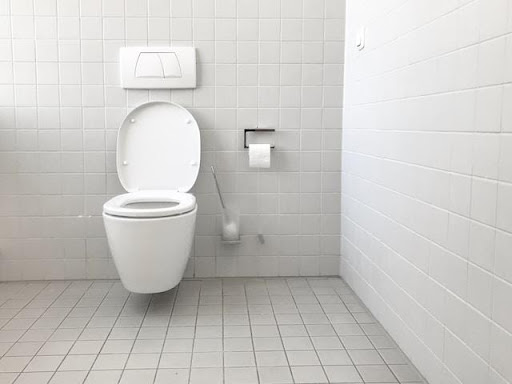
Every single day, you and everyone in your home interact with the home’s drainage systems. When you wash something in the sink, shower, use the toilet or run a water-utilizing appliance, you are relying on your home’s drainage system to do its work.
As long as water flows out of the shower or sink and the toilet flushes after you finish “your business”, you may not care about how the system you just used works. We usually don’t pay attention to our home’s drain system until it stops working.
But drain problems are one of the worst problems to have in your home; J. Butler Management warns they can disrupt the entire home and cost you thousands of dollars to fix. That is why it is essential to know how your drains work, what can go wrong with them, and how to detect those problems early.
Your home’s drain system comprises a vast network of pipes with hundreds of components. Based on their function, this system can be divided into two major parts. On one hand, you have drains that catch wastewater before conveying it to the home’s main sewer line.
On the other hand, there is your home’s main sewer line. That is the link between the many drains in your home and the municipal sewer line in the street. Your main sewer line is the last leg of your home’s drainage system. If it fails, the entire drainage system will fail with it.

What can go wrong with your main sewer line?
The main sewer line for your home does not fail easily. It is built with sturdy materials that last a long time. But it can still have problems, such as:
- Rusty or corroded pipes
- Tree root infiltration
- Sewer line backup
- Clogs caused by grease inside the sewer line
- Pipe displacement due to soil-shifts
Is there a problem with my main sewer line?
Given that the main sewer line is buried in the ground, how can you tell when there are issues with it? The best way is to know the telltale signs that something is going wrong with your sewer line. What are the signs you should look out for?
Multiple drains are showing problems
If only one drain in your home is experiencing problems – say, a shower drain or toilet – it is alright to assume that the problem is from that specific drain and not the main sewer line. But if more than one drain is experiencing problems at the same time – typically a floor drain and the toilet – the issue is, in all probability, from the main sewer line.
Gurgling sounds from your drains
Drains make a gurgling sound when the air inside drain pipes is displaced by incoming water, but that air has nowhere to go. This trapped air then forces its way out of the pipe in the same direction as the water is coming from. Drains make gurgling sounds when there is a blockage inside the main sewer line.
Water moves inside the toilet bowl
If the water inside a toilet bowl moves when a nearby drain is used, you may want to check your sewer line for problems. That mostly happens when a large volume of water is discharged into the drainage system: such as when you use the washing machine or release water from a bathtub.
Foul odors in the home
The smell of sewer gases in or around your home is a sure sign of problems with your main sewer line. Sewer lines convey bad-smelling materials, but those odors cannot find their way into the home if the sewer line is clear. Sewer gas odors mean a blockage or leak in the sewer line.
Strangely-lush patches of grass
Lawn grass will have the same level of greenness if all parts of the lawn get the same amount of water and fertilizer. But if one part of the lawn is greener than the others, it is usually because it is getting nutrients from somewhere else. In most cases, it is accessing nutrient-rich sewage from the house through a leak in your main sewer line.
Sudden trouble with pests
A sewer leak serves as a source of rich food for insects and worms. Other creatures that want to feed on those worms and insects, such as rodents and reptiles will also be drawn to your home. If there is a sudden spike in the number of cockroaches and other insects around your property, it could be because your main sewer line is broken and needs repair.
The health of your main sewer line is essential to the function of your home’s drainage system. Keeping this system in good condition is vital to the well-being of your family. The best way to do this is to avoid any of the signs mentioned above.
How do you do that? Annual camera inspection of your sewer line, along with routine maintenance of the system is the best way to avoid sewer line problems and save yourself the high cost of fixing a broken or clogged sewer line and its attendant damage.
